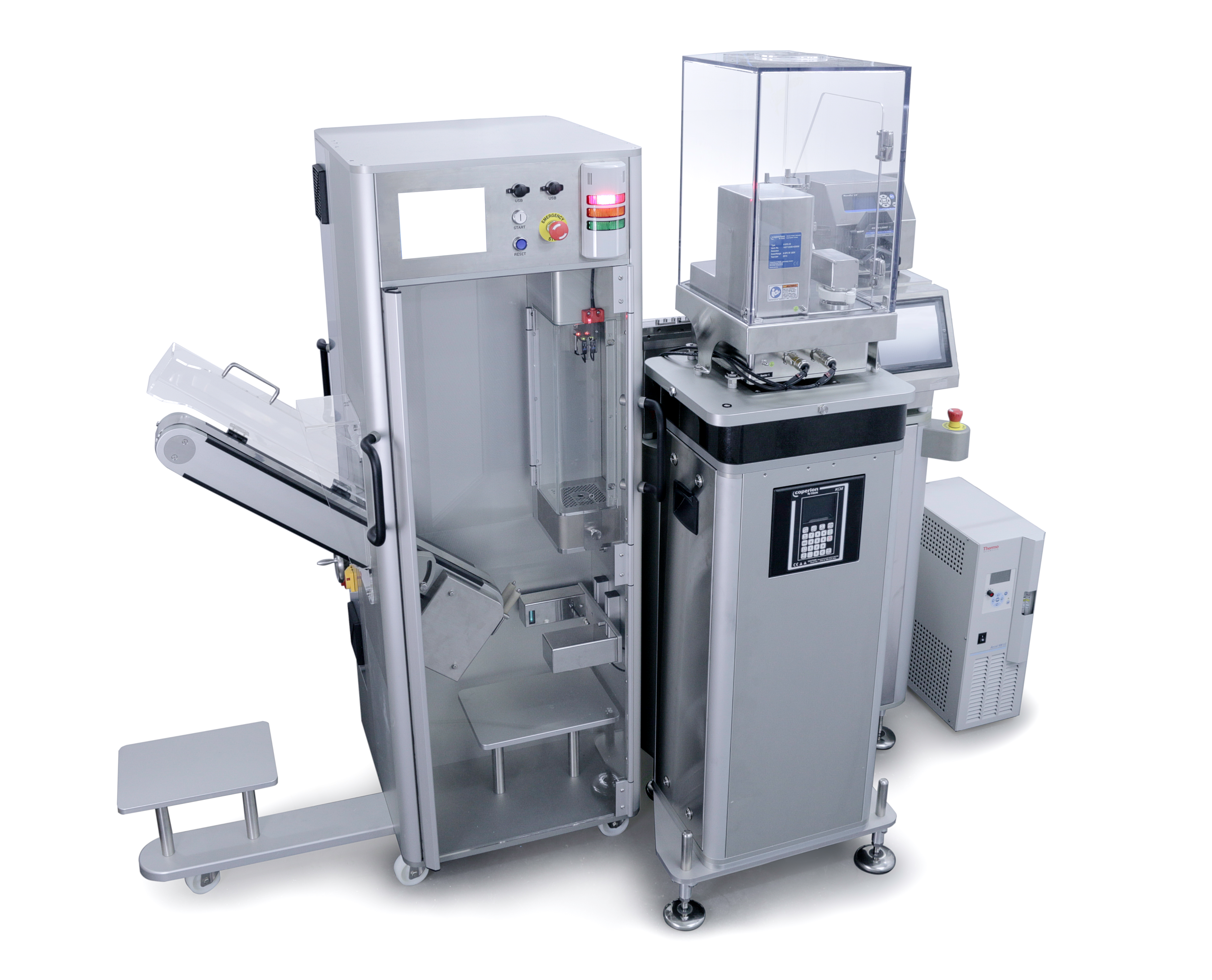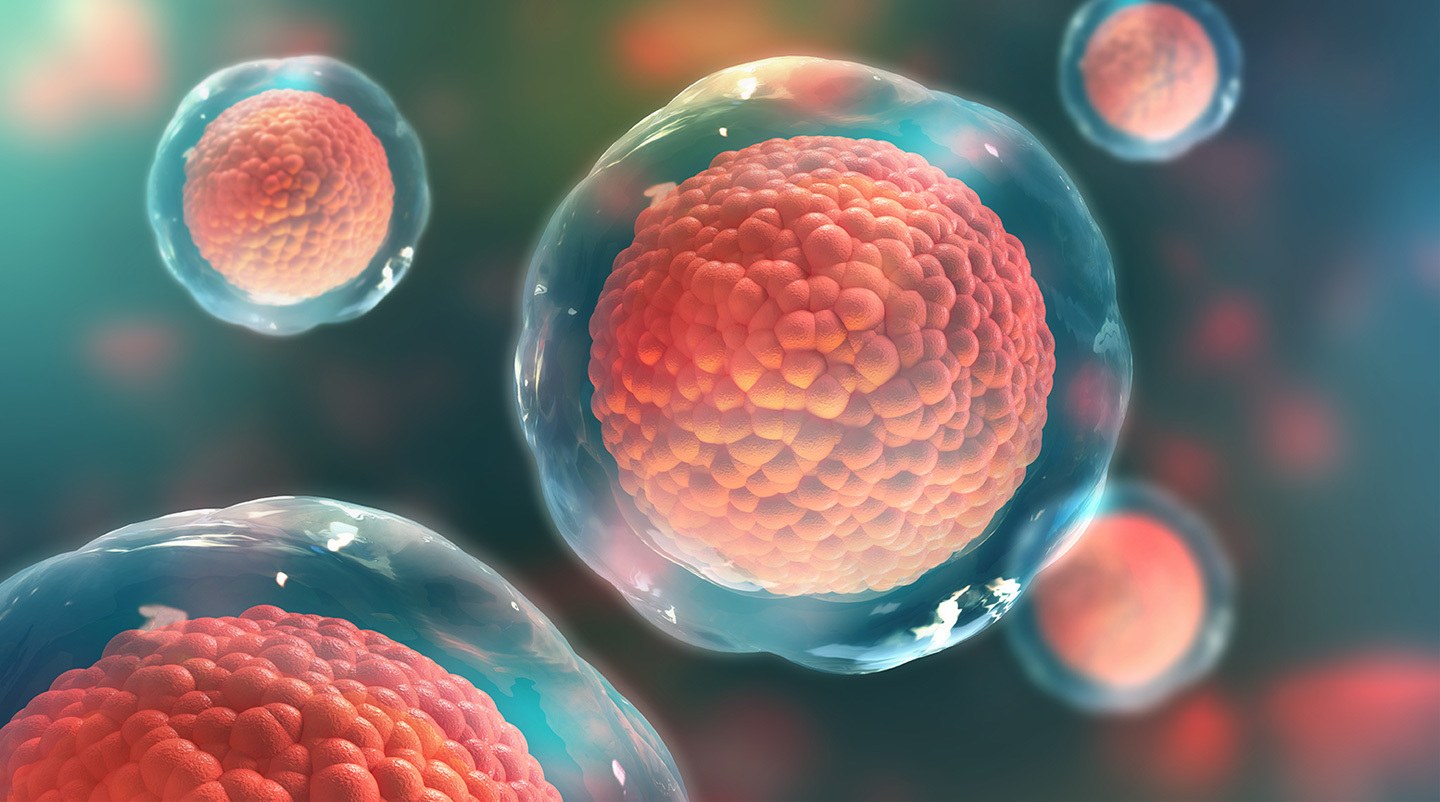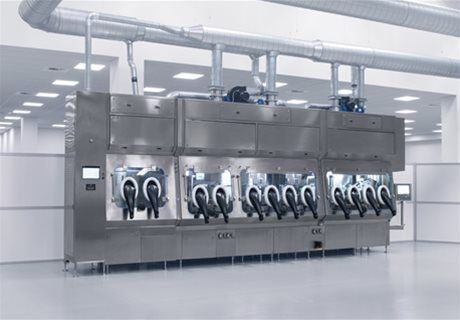Driving excellence in aseptic fill-finish: Our strategic partnership with Stäubli Robotics
At 3P innovation, we engineer automation with purpose - solutions that don’t just meet the demands of aseptic manufacturing but redefine what’s...
In this latest blog, James Lau, one of 3P’s Project Engineers, tells us all about barrier systems across a range of areas. Specifically taking a focus on the challenges if designing pharmaceutical isolators and the many engineering considerations which are need when designing such systems.
Barrier systems are utilised by pharmaceutical companies to enable them to produce and process pharmaceutical products within a controlled (often clean, or aseptic) environment. Pharmaceutical production will have stringent regulations and guidelines associated with them, thus ensuring that the critical processes involved yields product which is safe to administer to the human population. The challenge lies in designing a barrier system which achieves and maintains an environment to allow for producing high volumes of finished primary containers over a several hour period.
Here are a number of engineering considerations which must be taken when designing such a system.
Pharmaceutical companies develop and produce chemicals which will have different levels of reactivity, stability, volatility and pH. Immediately, the barrier/framework must be able to cope with exposure to these chemicals without dissolving, corroding or otherwise reacting with it. This then limits the construction to 300 series stainless steel (often 316L) fabrications, certain plastics and glass. For example, a conventional steel barrier is no good if it starts rusting.

Maintaining a clean and controlled environment requires system to be cleanable in the first place. Considerations to material surface finish, component geometry (such as large internal round fillets, smooth rounded edges) and accessibility is required so that people can wipe or scrub down the working chambers of the system. This leads on to…
Operators must be able to run processes safely through the barrier system. If the process is fully automated, the equipment must be accessible to the maintenance personnel. The barrier system should position access points such as glove ports, glass visors, rapid transfer ports, with ergonomics in mind. Rapid prototyping an ergonomic test rig (often a wooden frame representation of the system) for ergonomic trials allows for the designer to quickly and cheaply work out what works and what doesn’t. A glass visor door that is 20 cm too high, installed on a manufactured steel chamber, is too late (or expensive) to rework.

Credit to Azbil Telstar for building the isolator that houses our filling line.
Maintaining a controlled clean environment means constantly introducing clean, unidirectional and laminar (or non-unidirectional and turbulent!) airflow over the critical process areas. This means there needs to be a set of fans appropriately sized and specified to push and pull air through the chamber at a certain speed; often through HEPA filters. Since there is a flow of air involved, there will be pressure differences in the barrier systems.
These pressures and air velocities will often need to be quantified and controlled; pressure and airflow probes (calibrated!) are now called for. These present more engineering considerations: Where are they located? How many? How are they connected and controlled? All of this must also be within temperature and humidity limits (with their calibrated instruments and control loops!).
The above points are just some of the considerations involved in creating the required environment for pharmaceutical drug manufacture, and still all the above (and more) will need to be tested and validated before companies put drugs inside for production.

At 3P innovation, we engineer automation with purpose - solutions that don’t just meet the demands of aseptic manufacturing but redefine what’s...

Pharmaceutical extrusion is a critical enabler in the manufacture of advanced drug delivery systems, from long-acting injectables to solid implants....

Before delving into some technical details of cell and gene therapy manufacturing, it’s worth pausing to reflect on the human stories that drive this...
